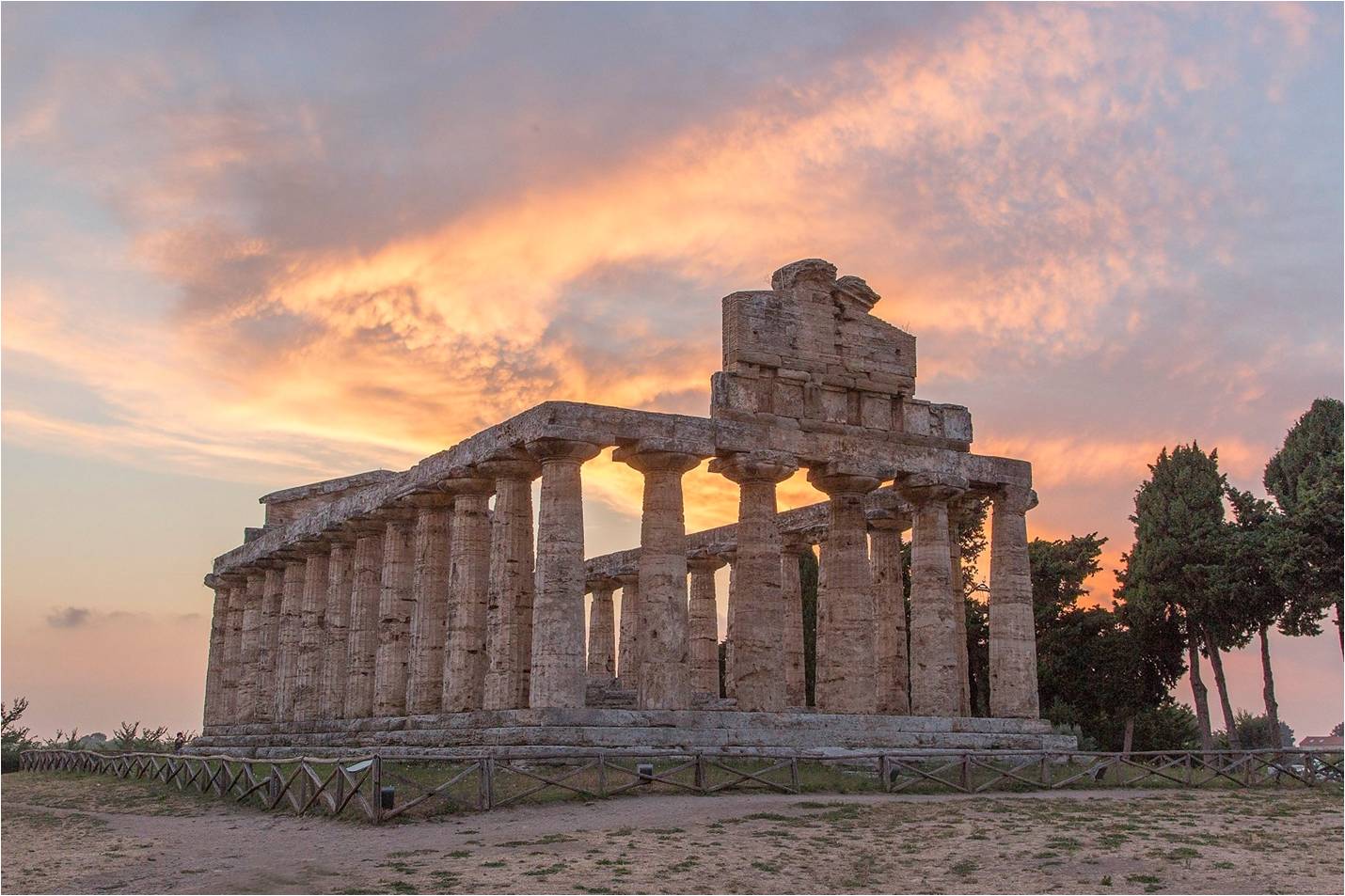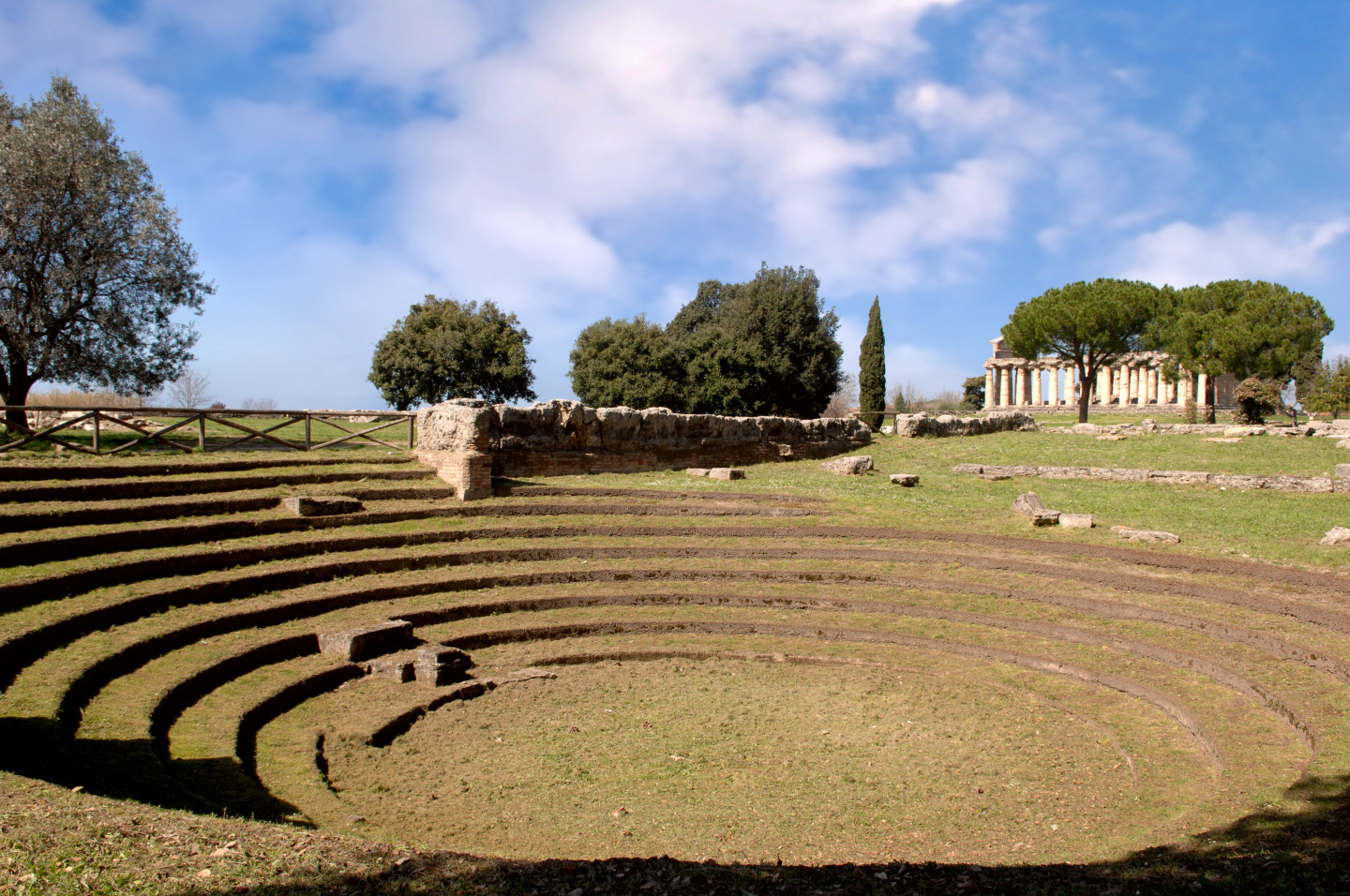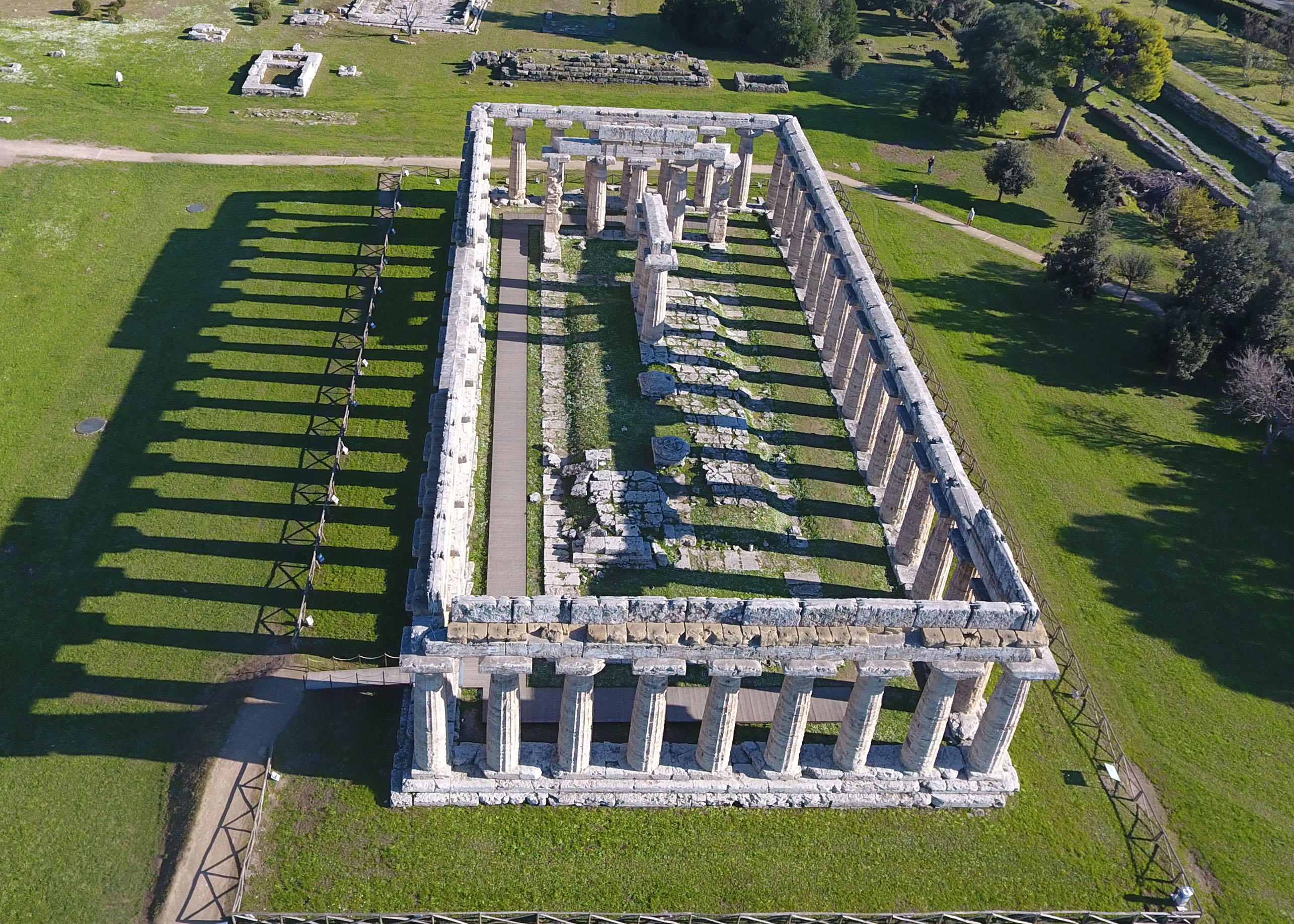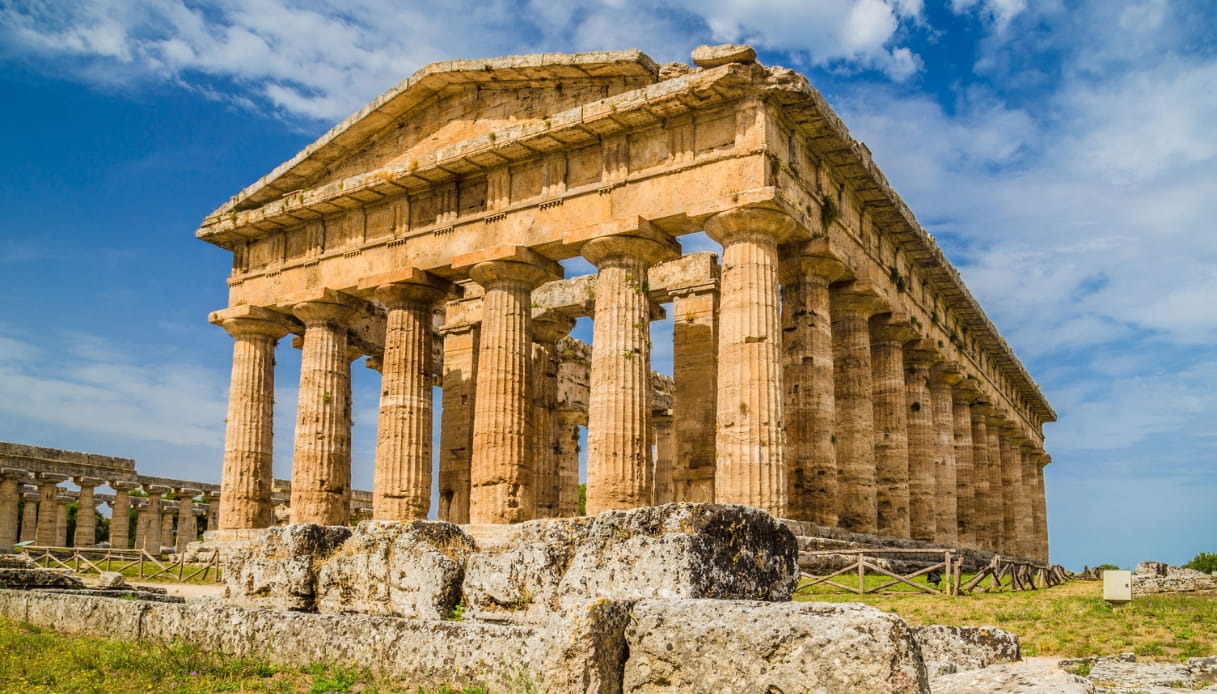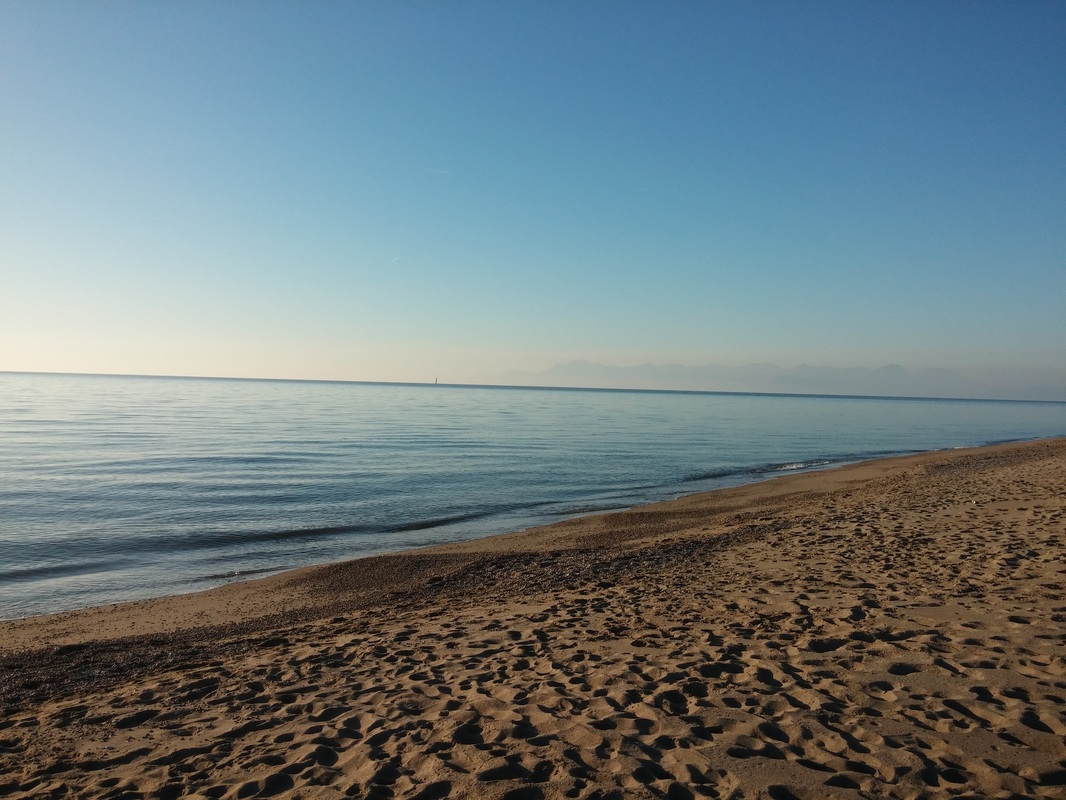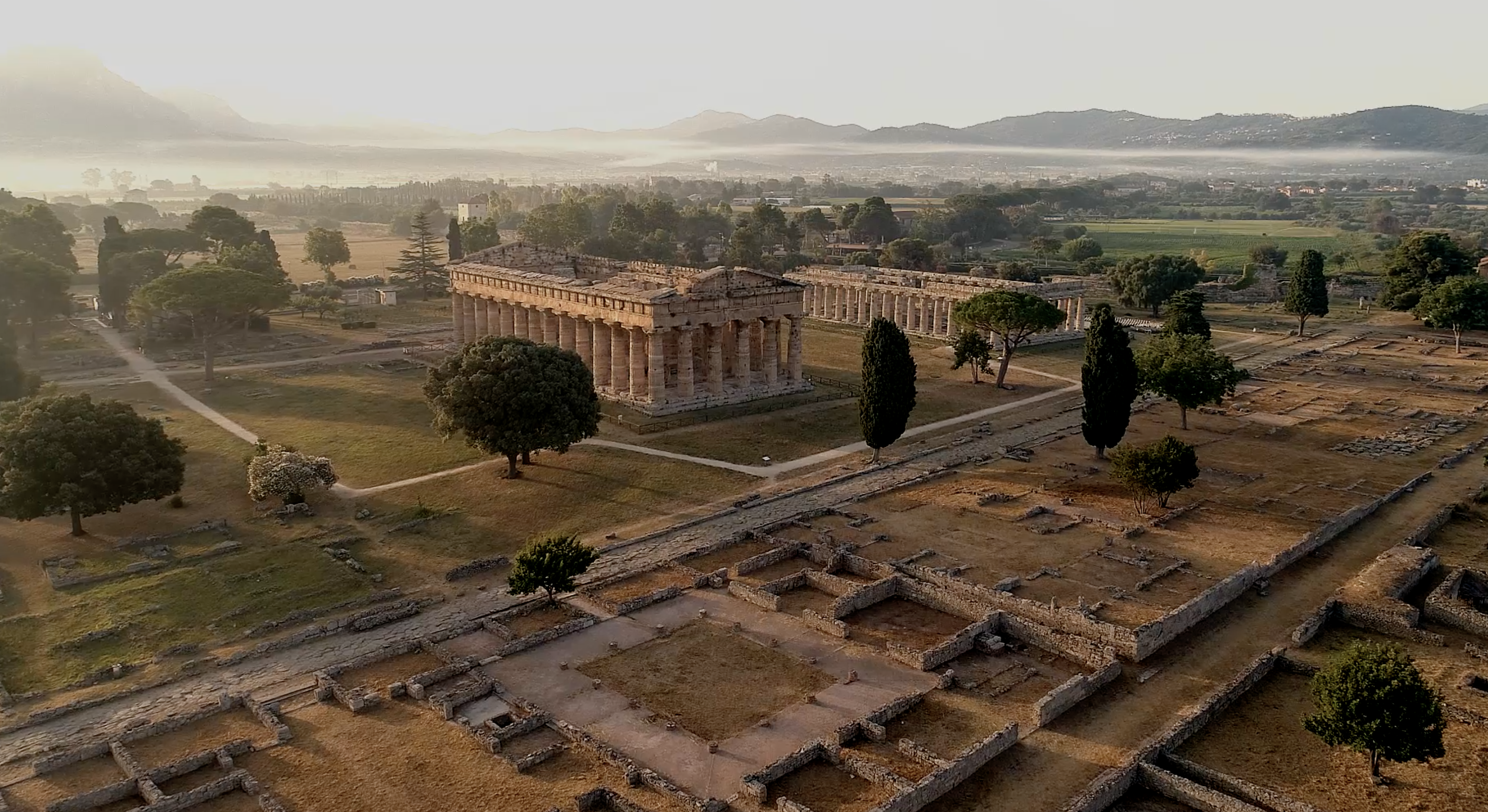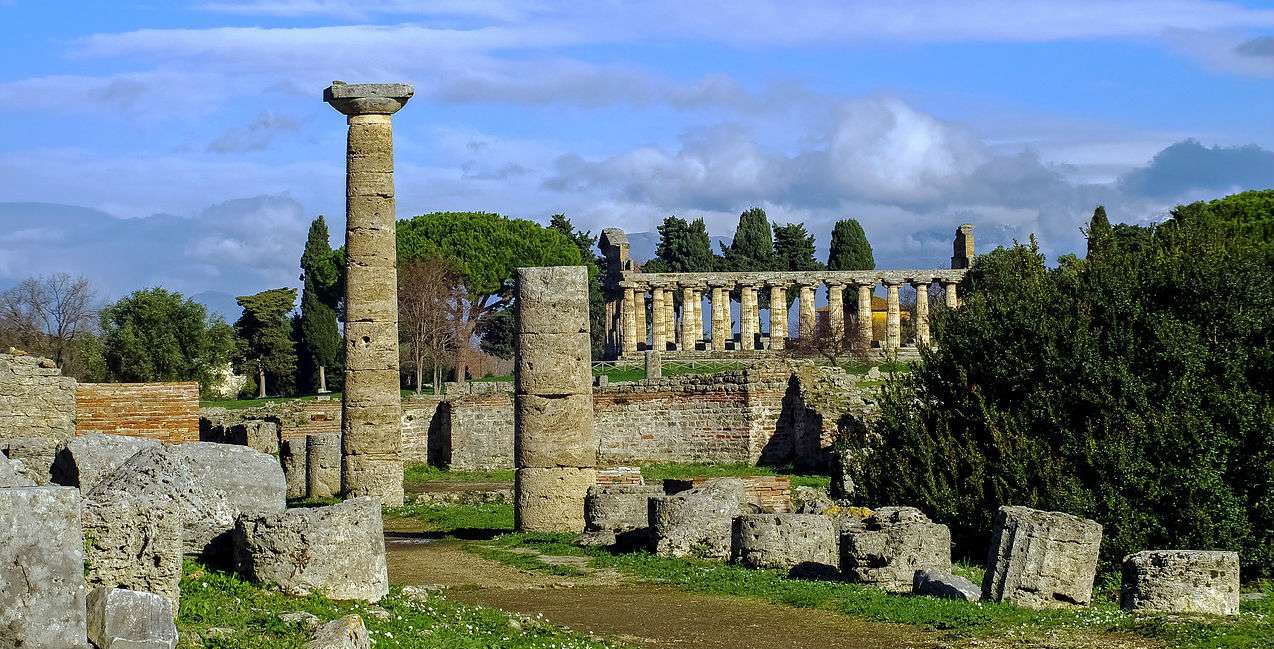Capaccio-Paestum
16 minutes far from La Suscella
The most important Greek colonies in the Mediterranean were those founded in Asia Minor and Magna Graecia, a term that indicates the set of cities founded by the Greeks in southern Italy and Sicily, one of which was precisely Paestum. Paestum’s capital was Sibari, founded in 720 BC. by Achaeans and Trezeni, who were therefore called sybarites. The latter were really famous for wealth, luxury and pride. The historical period was about between VII and VI centuries. B.C. The foundation of the city was due to the need that Sybarites had to open a trade route between the Ionian and the Tyrrhenian through the Apennine, avoiding the circumnavigation of the Calabrian coast and the Strait of Messina. The colony, located in a strategic point, was called Poseidonia in honor of Poseidon, god of the sea. After the destruction of Sibari in 510 B.C by the Crotonese, Poseidonia reached a high level of economic and political power, since many sybarites fled to Poseidonia with their wealth, their experience and their spirit of enterprise. The construction of the three temples known as the Basilica, the temple of Poseidon and the temple of Ceres dates back to this period, contemporary with the only Greek fresco discovered so far, in the tomb of the Diver. In the V century B.C the Lucanians, whose origin was italic, began to be a part of the colony, leaving numerous testimonies of their influence in tombs, realized according to the model of the Greek masters. At the end of the fourth century, allied with the bruzi, they fought against the Greeks for the domination of the new territories towards the sea, which ended up with the reaffirmation of the Greek supremacy over the city. In 273 BC the Romans occupied Poseidonia which became the faithful Roman Paestum and proved to be close to Rome even in the most dramatic moments of its history. During the Roman period, in the third century, economic and cultural activities flourished again: new public buildings were built, such as the amphitheatre, the forum and the gymnasium, which contributed to give to the city that aspect that excavations have brought to light. Among the factors that led to the decline of Paestum there are: the construction of new roads for trade in the East, which ended up irremediably isolating the city from the main trade routes, and the 9th century malaria epidemic, combined with the raids of Saracen pirates, who forced the people of Pestano to take refuge in the mountains, and to abandon the ancient Poseidonia. The rediscovery of Paestum dates back to 1762, when the modern road, that still crosses the city, was built.
Paestum is surrounded by an almost totally preserved wall, with a polygonal perimeter that extends all the way for about 4.75 km, following the travertine bank on which the city stands. The four main access doors open at the cardinal points: Porta Sirena (east), Porta Giustizia (south), Porta Marina (west) and Porta Aurea (north). The rectangular area of the Forum was fixed after the settlement of the Latin colony, modernising the previous public space of the Greek age, the agora. Without any doubt the most iconic and beautiful monuments of Cilento are the three Doric temples dedicated to Hera and Athena, miraculously in excellent condition, considered unique examples of Magna Graecia architecture.
Beyond being known for its Archaeological Park, Paestum is also a seaside resort, with a sandy beach 12 km long and bordered by a pine forest overlooking the Tyrrhenian Sea.
Sources: Wikipedia (https://it.wikipedia.org/wiki/Paestum) PaestumSites (https://www.paestumsites.it/)

